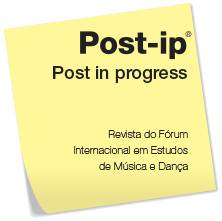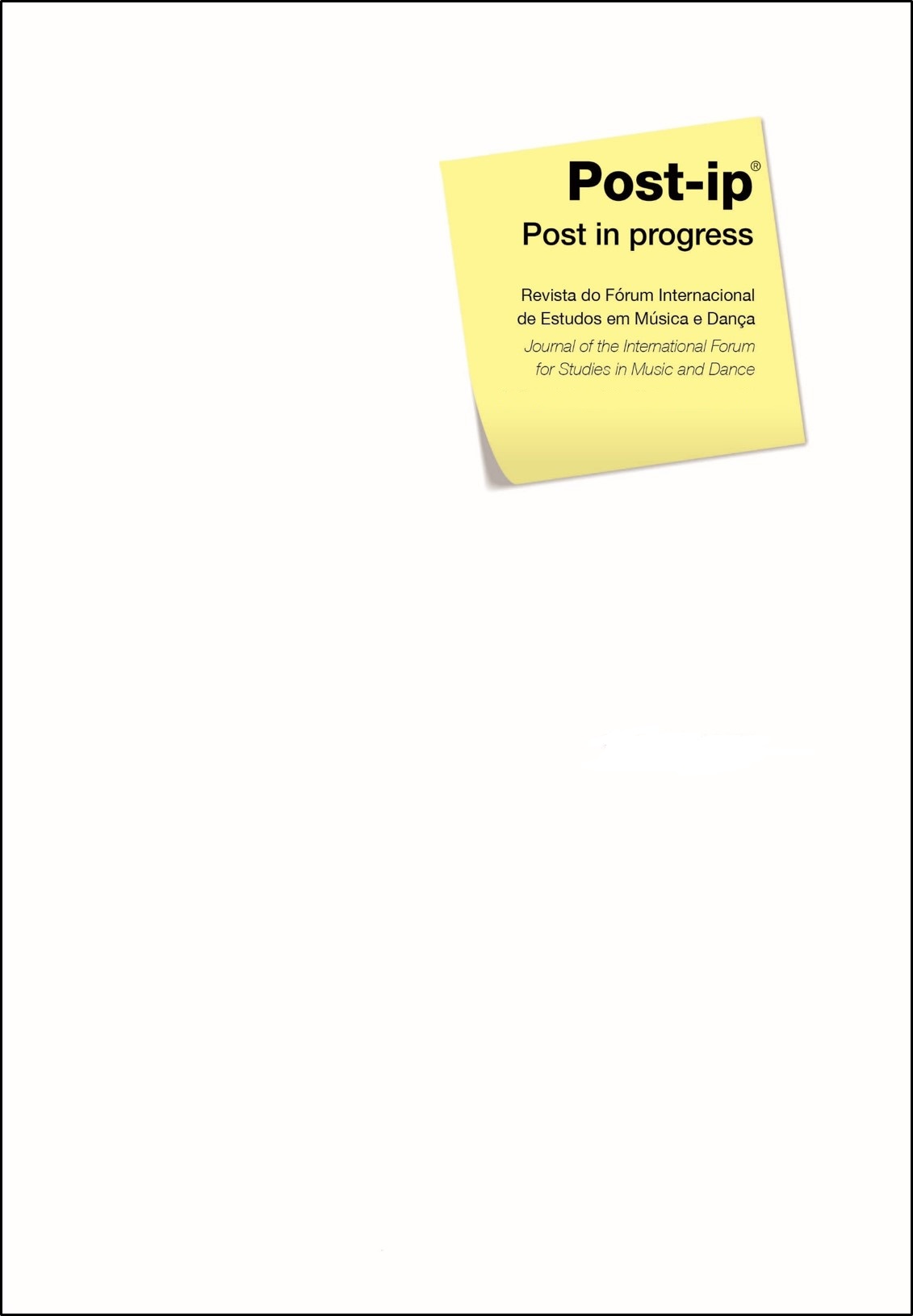Más allá de las caderas: el baile de la Bomba en el Valle del Chota-Cuenca del río Mira como una experiencia compartida
Resumo
En el siglo XVI un grupo de jesuitas introdujo africanos esclavizados a un valle del Ecuador conocido como Valle del Chota-Cuenca del río Mira. Durante el periodo de esclavitud (siglos XVI -XIX), sus habitantes crearon un baile, género musical y tambor denominado bomba el cual se viene ejecutando hasta la actualidad. La representación del baile de la bomba tiene un patrón geográfico definido. Así, fuera del Valle, las representaciones de bomba enfatizan el movimiento de caderas de cada bailarín, mientras que la bomba ejecutada entre los habitantes del Valle incluye además interacciones concretas entre los bailadores. Este estudio etnocoreológico propone a una de estas interacciones, específicamente la acción-reacción de intentar empujar con las caderas-intentar evitar ser empujado/a, como parte esencial de este baile. Usando técnicas cualitativas basadas en recopilación bibliográfica, observación participante y entrevistas, se sugiere que la bomba es una experiencia compartida que emerge de la interacción entre bailadores cuando es ejecutada en el espacio liminoide del Valle. La acción concreta de intentar empujar con las caderas que surge en el baile de la bomba juega un papel importante en esta experiencia compartida de bailar.





